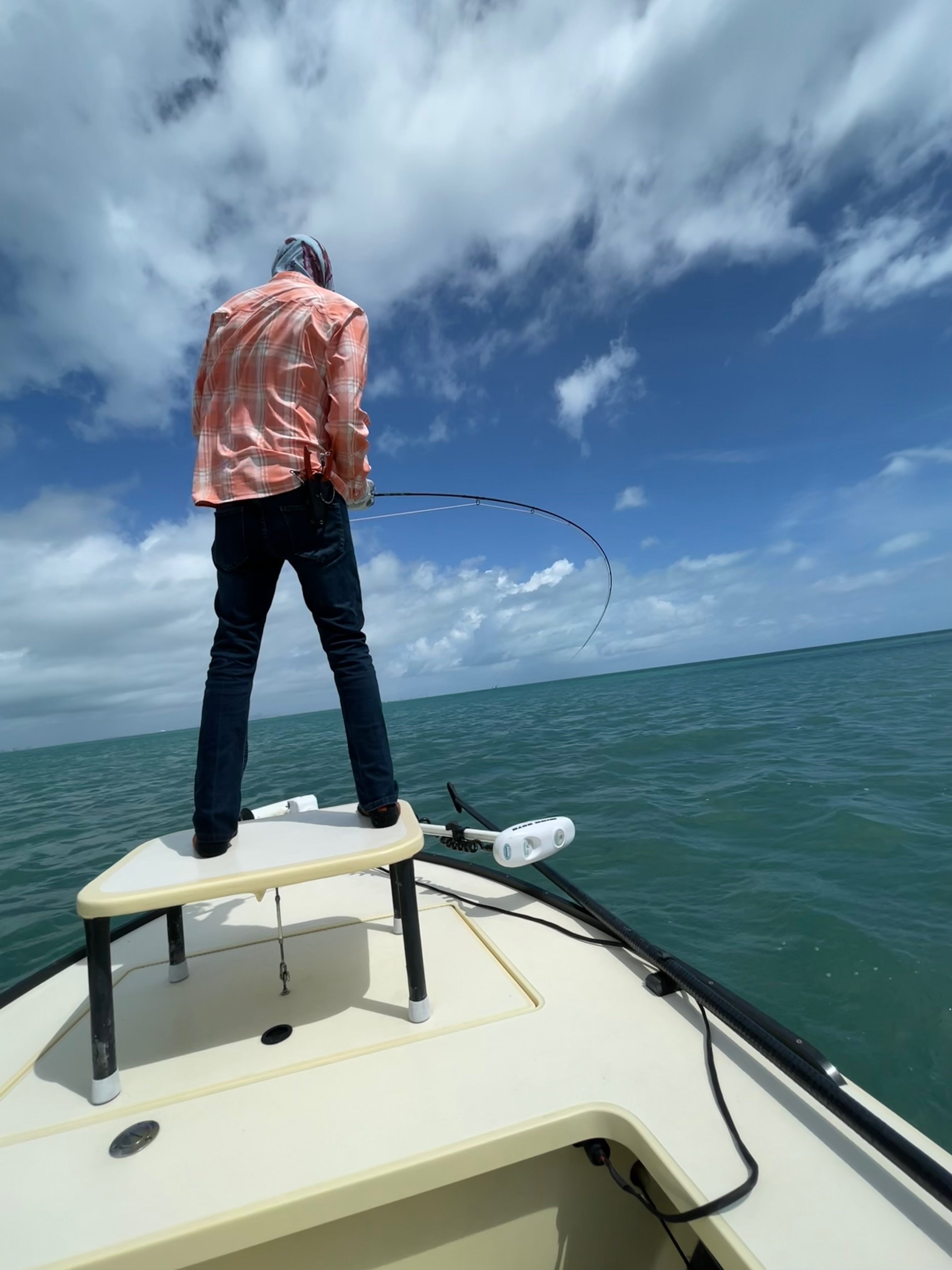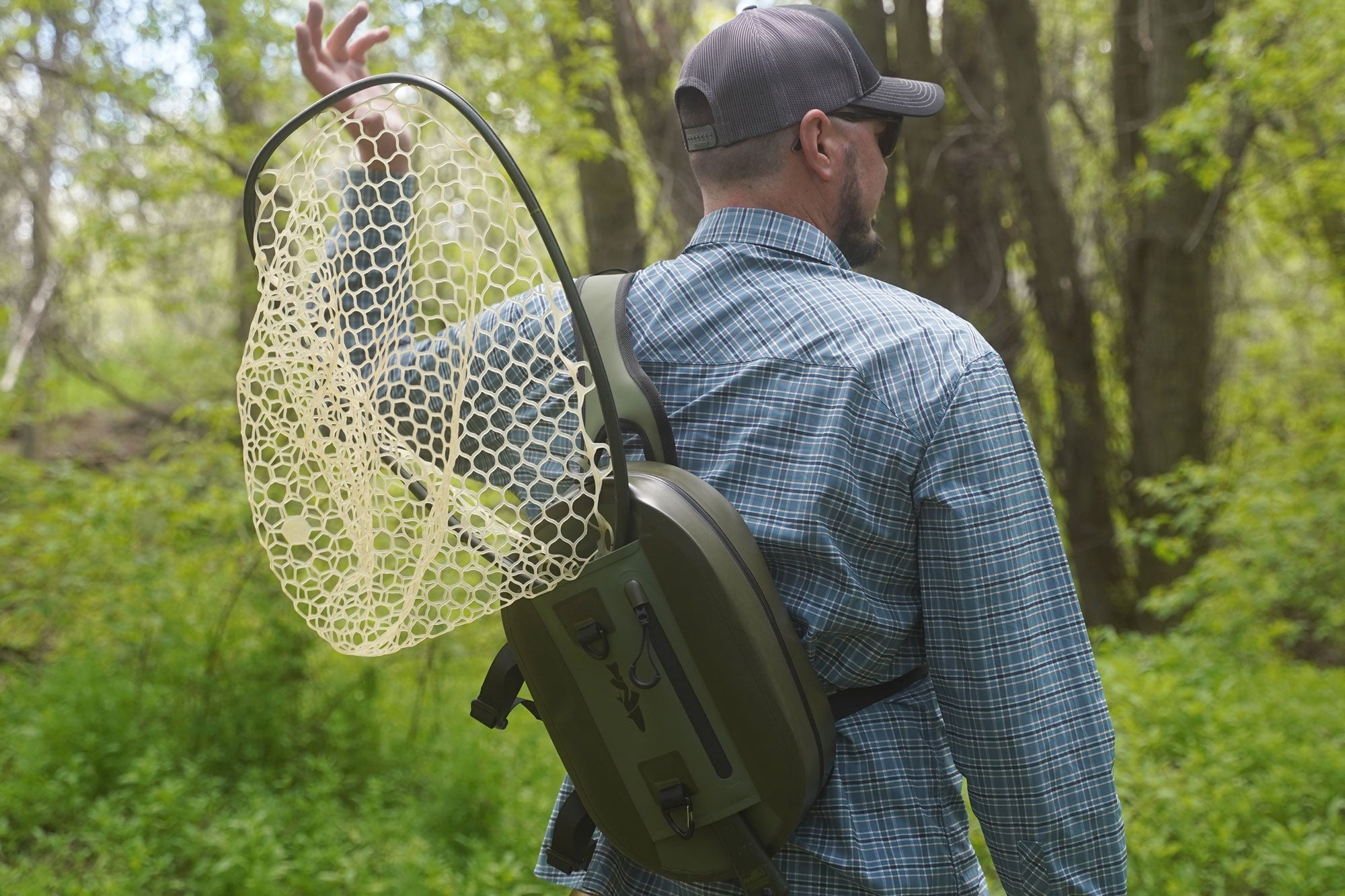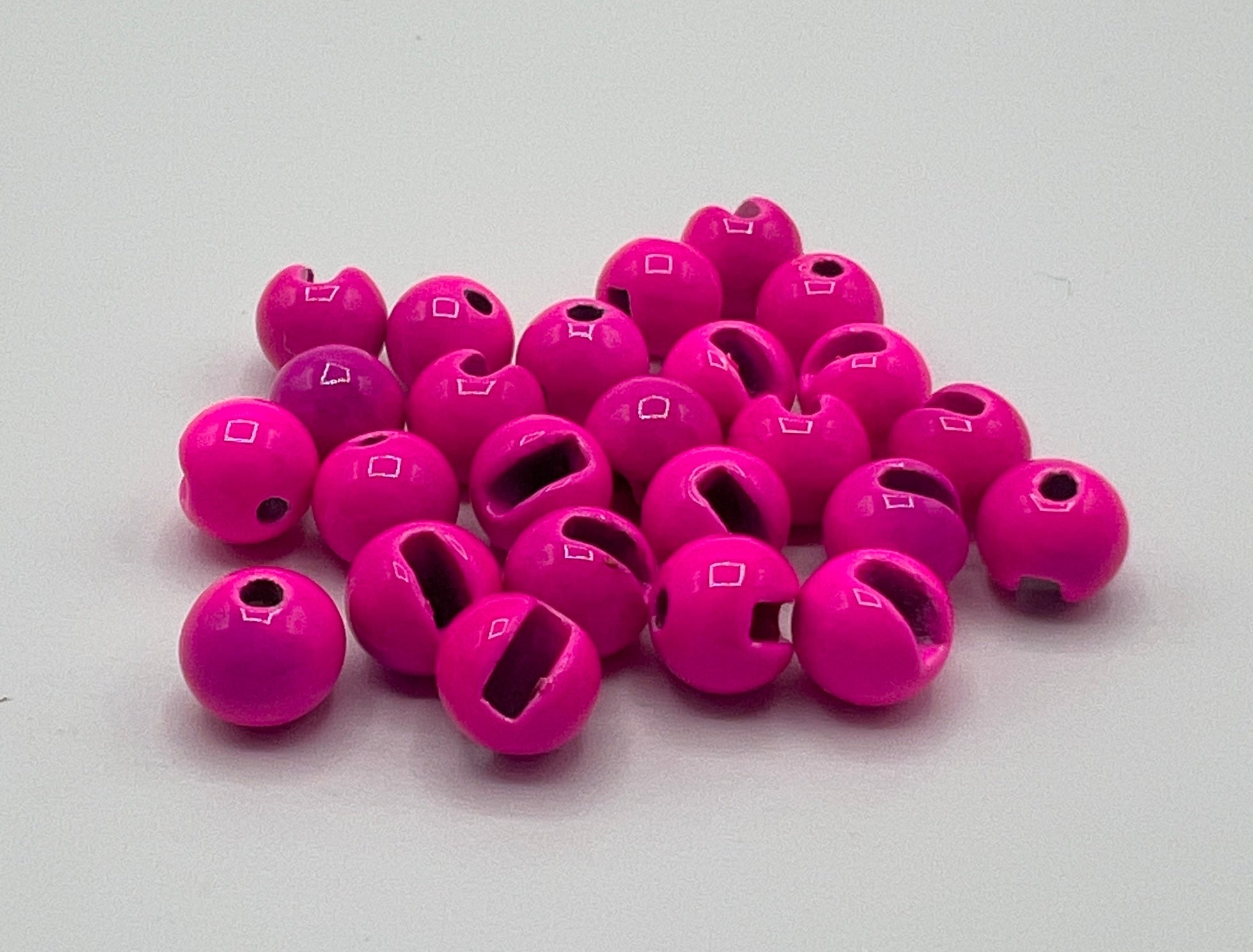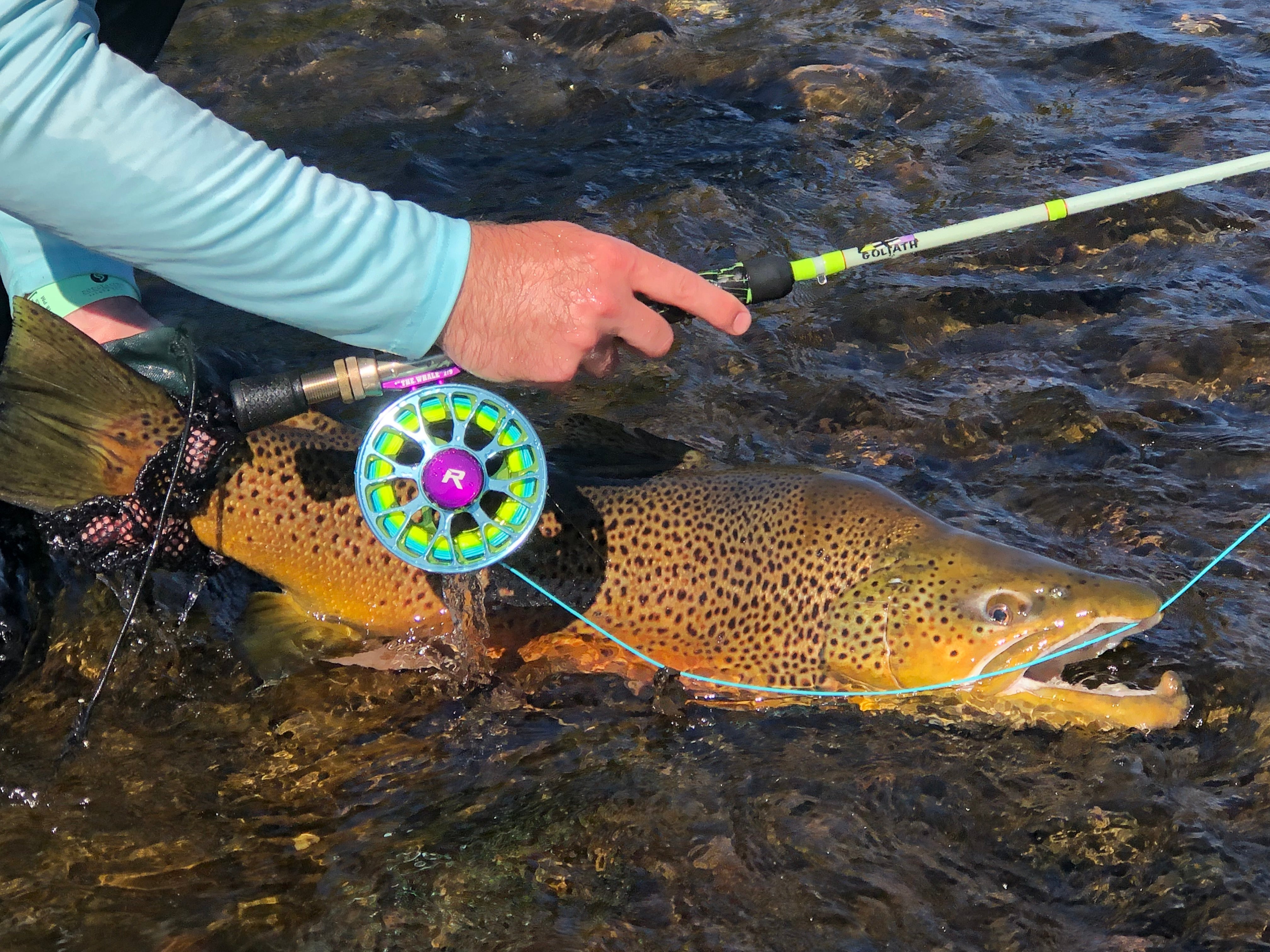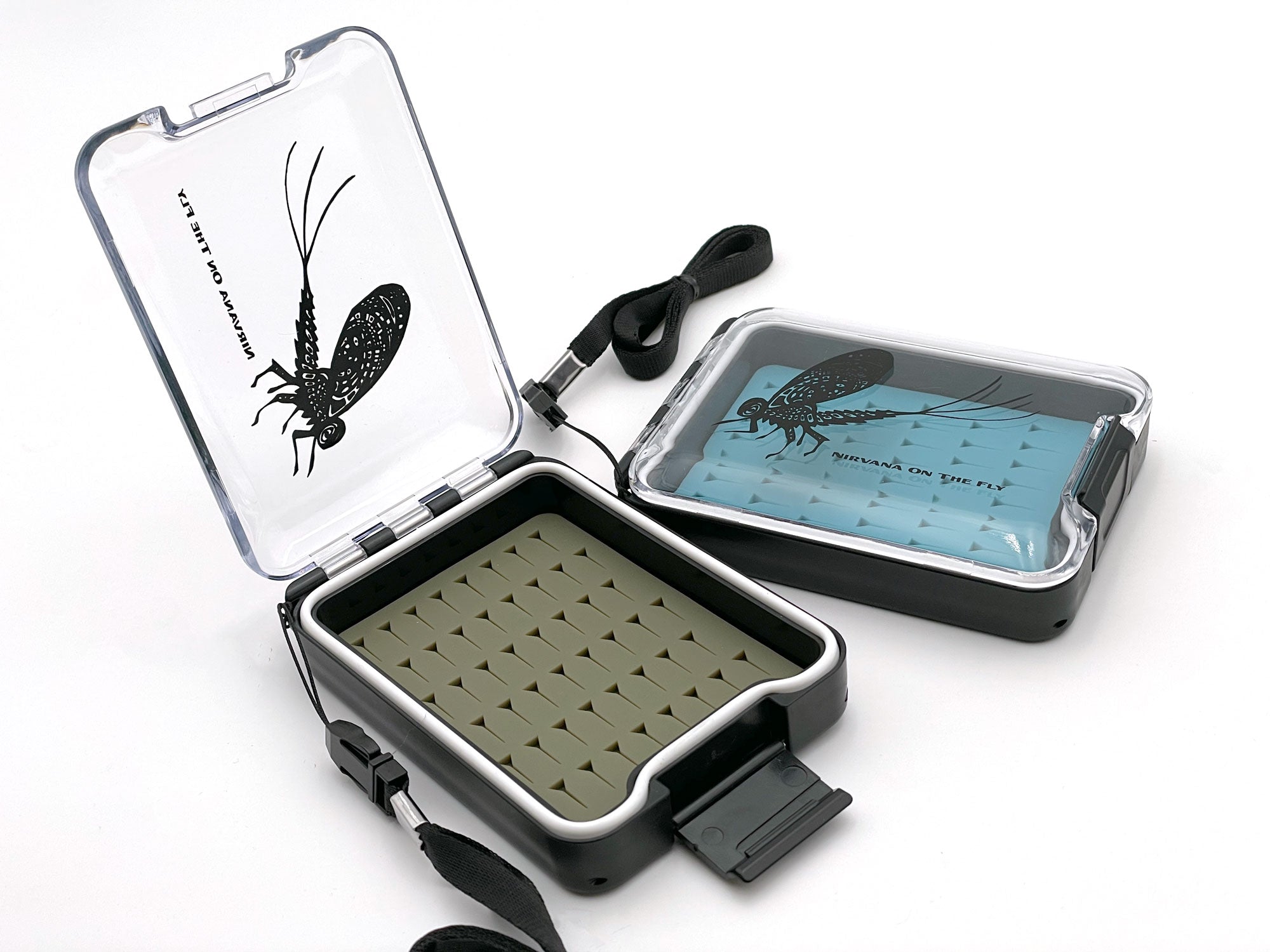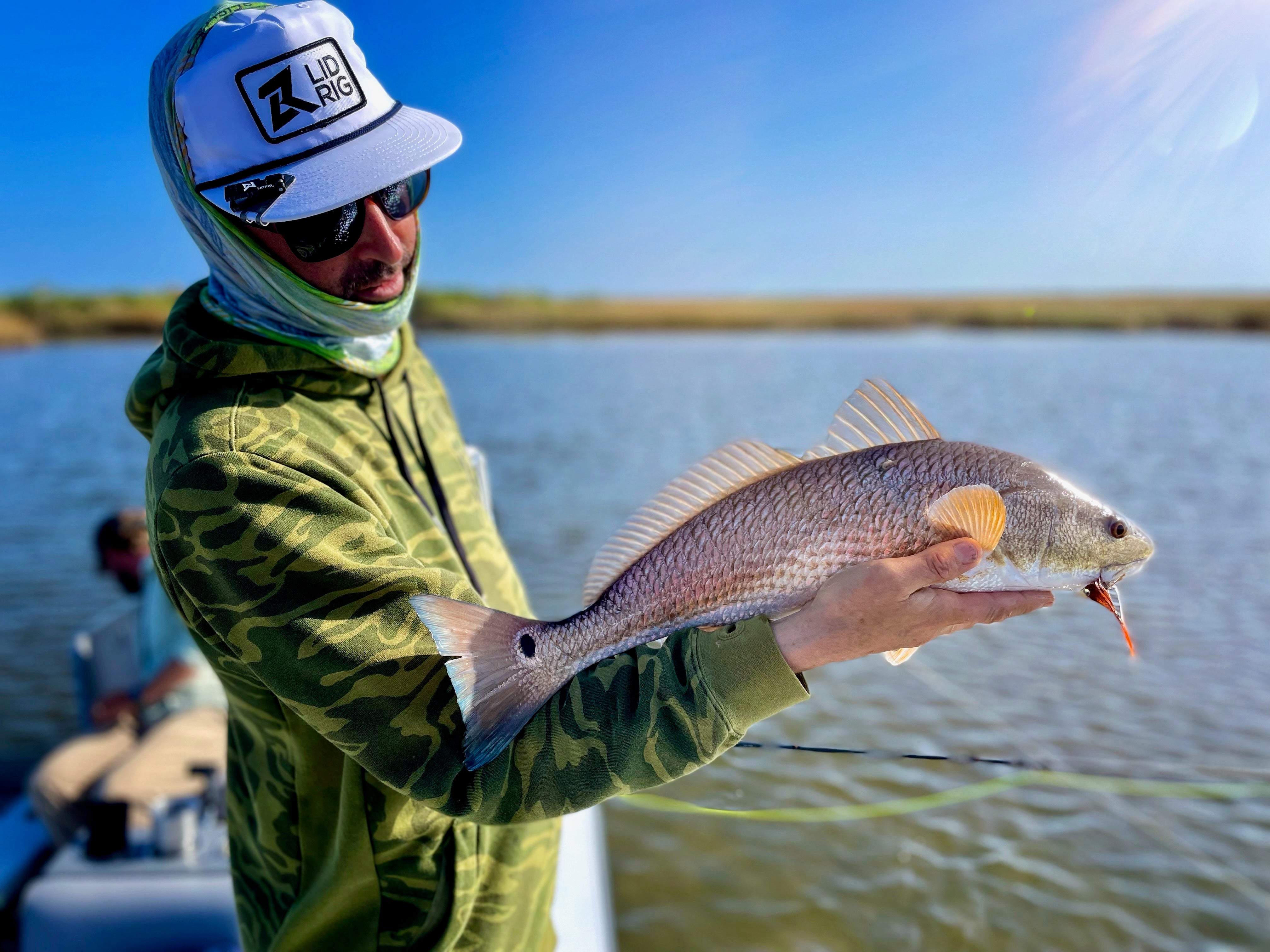For a ton of fly fishing anglers trout is where it starts. Some will progress and get into other species and then one day you will want to go saltwater fishing. Saltwater fly fishing is an entirely different game. The fish are absolute beasts in comparison to freshwater fish. They are powerful, ferocious eaters and will test your metal. I’ve seen experienced anglers and beginners go to salt and the results vary greatly but don’t always align as you would think.
I live in Utah and I get to go saltwater fly fishing a few times a year. I like to feel that I get better every time and it has taken a while but in comparison to someone who is around it all the time, I’m sure my skills are a bit lower. Here are tips that I’ve picked up from all kinds of experts along the way and I know these fly fishing tips for saltwater will certainly make your next trip better.
1. Sun Protection - Saltwater fly fishing is different and one major difference is that you are usually in a bright place with tons of reflective light. Get some good sun protection so you don’t burn up on day one and ruin the next five or six. I suggest, long pants, long sleeve shirts with a hood, buffs, and personally, I like socks. Regardless, put gobs of sun sunscreen on anything exposed! This is especially critical on day one. Do it before you get on the boat and while you are on the boat.
2. Weather and Clothing - Besides the aforementioned sun protection clothing, get some good rain gear. At least put an extra large garbage bag in your backpack. A ton of fishing takes place in the tropics and rain can come out of nowhere. I’m talking torrential rain! The crazy thing is that you can get cold super fast when you drop from hot to chilly and wet. Seriously, it’s common to get hypothermia in 70-80 weather, and getting to warm spaces isn’t always easy. I take a rain jacket a puff and rain paint. Some even take a change of clothes.
3. Knowing Boat Etiquette - This isn’t your typical walleye fishing on the Great Lakes. For example, making noise will scare fish away for a long way so don’t bang around in the boat. Pretend you are in a room with a sleeping child and if you wake them you are in for it for the next hour. Staying centered on the boat is a big help too. Skiffs tend to lean with the weight so having an incorrect weight distribution can make it really hard on a captain.
4. Know the Water and Shuffle Your Feet - When you are getting out of the boat. Make sure you know how deep the water is. Often the water is several feet deeper than it looks so ask the captain before you get in the water.
Now that you are in the water, look there are all kinds of things on the ocean floor that will give you a bad day. Sea urchins, stingrays, and coral are just to name a few. Booties are ideal either way you need to shuffle your feet to avoid stingrays and a brutal sting. They say if you get stung to piss on it or have a friend help. I hope I don’t have to find out if that works.
5. Tides - Saltwater fly fishing requires understanding tides. If you don’t know the standard rises and falls you can run into numerous problems. Tides go up and down and food follows so fish often work various tide movements. Another thing to worry about is getting stranded. It is common for people to wade way out in tides and get into bad situations. Read a few tide charts and talk to locals and local shops.
6. Learn More Knots - Look you can get away with a handful of simple knots in trout fishing. Learning a few more is going to set you up to travel feeling confident and you can have a few in your repertoire to address off-sized lines or braided and steel leaders. Here are a few to take into consideration. Albright, Yucatan, Bimini Twist, Slim Beauty, Uni, and Double Uni.
7. Relax and Stay Calm - Things happen fast when you are out there on the water. People are yelling directions, you are trying to understand directions, looking for signs of a target fish, the wind is whipping, the sun is in your eyes and your nerves are at their peak. Sure enough, you will backcast too many times, you push your last forward cast or you’ll just flub the cast altogether. Either way, you need to have a short memory and stay calm. I recommend the count methods. Method one is to count backcasts before shooting 1 and 2 and Shoot! The second method is to take a 10 count so you can reset yourself when things go wrong.
8. Know Your Nomenclature - Tidal slick, uplight, downlight, tied and current, nervous water, up the sea and down the sea, head wake, Inside the break. These are just a few and to learn more about each read the mini-glossary I created.
9. Casting - First of all casting a great distance isn’t a killer. Most of your casts will be less than 50 feet. However, a few may require up to 80. The key is to get on the boat and cast several times to your fullest extent and share that with the guide. Let them know that in the wind (because there will be wind) I can get x feet. That measurement is not only how far you can cast but also how far you can accurately cast.
Rather than focusing on distance before your trip, focus on time to the water. That is the time that you need to get your fly in the water. The most important aspect is to cast with a maximum of 2 backcasts and shoot your line. If you can accomplish that then you are far and away better than most saltwater fly fishing anglers regardless of distance.
10. Stance and Stripping - On a flat boat it is key to maintain a stance when casting. Inevitably you will step on the line if you don’t do this. Having a clear rhythm on how you gather line, maintain your footing and cast will help.
In addition to casting stance, you need to have the correct stripping stance. That means you need to have your rod hands extended in front of you toward the target. Doing this allows you to strip and leave room to hook set. If your elbows are bent and your rod is in your belly you will short strike and miss the target sooner rather than later.
The act of stripping is different too. When stripping baitfish they swim, shrimp kind of shoot, and crabs crawl. Take some time to see how these fly types move in the water naturally and adjust your stripping technique accordingly.
Listen to this podcast on casting stance.
11. Team Fishing - Saltwater fly fishing is often about being a team. Unlike a lot of freshwater fishing, there is only one angler. When fly fishing on saltwater you need to be part of the greater picture. If you aren’t fishing you are not looking at your phone drinking mai tias and relaxing. You are an extra set of eyes on the water and in the boat. You are managing the line so it isn’t getting caught up, you are passing a quick sip of a drink to the angler or captain. You are the ultimate gopher! Go-phor this, go-phor that, and as fast, quietly and cleanly as possible.
12. Sight Fishing - Sight fishing is the name of the game in salt. There are plenty of blind casting situations like fishing mud for bonefish. However, sight casting is where it is at. There are tricks and terms for this so make yourself aware of both. We talked about terms like nervous water. Tips like tilting your head will change the light reflection with your glasses and make visual changes. Regardless of both your eyes are key and proper polarized glasses will get you there. The blue hues tend to be the best and take good care of them. A good tip for sunglasses is to never rub them clean and dry and don’t wet them with saltwater. Instead, pour a bit of water from your drinking bottle. The freshwater without the salt will help pull the grime away without inducing all kinds of micro scratches that will kill the effectiveness of your lenses.
13. Know Your Clock - Besides knowing what time it is so you are on and off the water when it is necessary, knowing your clock is the bow clock. You have to know the captain’s perspective on his bow clock. Off the nose is 12, off the right-hand side is 3, off the left side is 9, and straight back off of the stern of the bote is 6. Look the clock never changes regardless of the position of the boat, the captain the angler, etc. The clock is the clock. Practice knowing your numbers at home and on the way out in your head. It’s not as easy as you think when nerves are on end.
14. The Power of Visualization - There have been a ton of studies on visualization and results. Visualizing yourself making the perfect one-two cast and delivering a shot at eighty feet to the outside eye of a tailing permit with a 20 mph crosswind is part of the visualization. The visualization part is thinking through the actions and knowing them. Where your feet will be, the timing and feel of the rod, the action of your double haul, and the overall delivery.
15. Rinse Your Gear - Rinse your fishing gear right after getting off the water. Run the hose over it from tip to tail, especially the reel. Then when you get back home rinse it all again. Strip line and some of the backing off and rinse again. Without getting that salt off the rod, reel, line, and backing you are asking to have a reel corrode and get destroyed.
Listen to this podcast on protecting your investment.
16. Learn From Your Mistakes - Fishing isn’t called catching because we make mistakes. If we didn’t make mistakes we should be able to outsmart a pea-sized brain fish. Rather than letting the frustration and anger get the best of us let’s flip them to learning situations. As mentioned above, use the count to 10 methods. Then think about the things you could do better to be successful. Not only on the next cast but the next, day, week, trip, etc.
***Do you want to get deals on equipment, fly fishing trips, and lots of information? Become a member of the Loyalty Club on the Fly Fishing Insider Podcast.
Download Essential Elements of Destination Travel for Anglers


By Christian Bacasa
Host of the Fly Fishing Insider Podcast
Fly Fishing Insider Podcast Official Website
Instagram Fly Fishing Insider Podcast
Instagram Dupeafish
Facebook
Pinterest
Twitter
LinkedIn
Tumblr
Watch on YouTube

